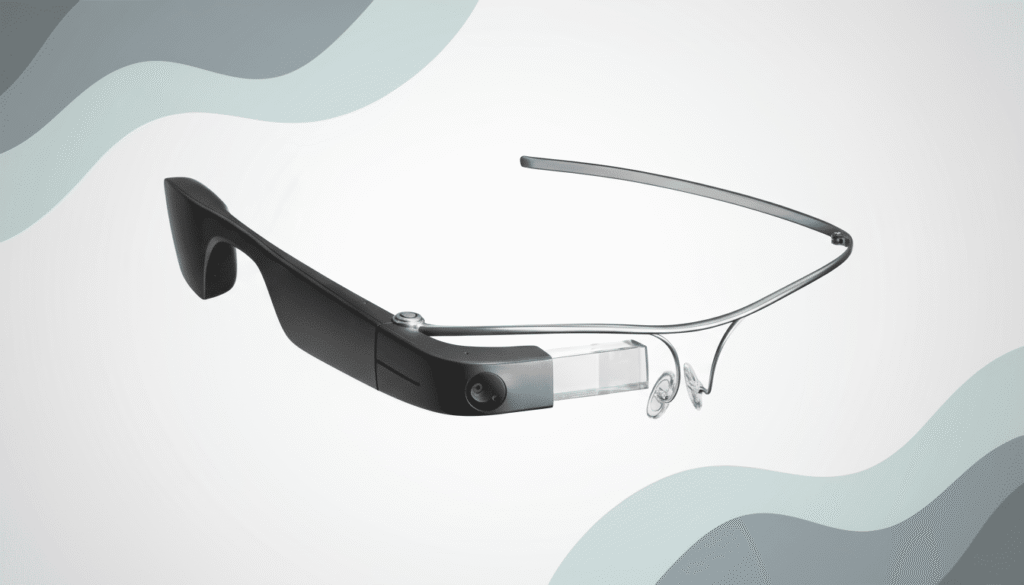In the latest stir across the tech-hardware world, serial entrepreneur and investor Kevin Rose dropped a strikingly blunt evaluation for AI gadgets: “If you feel like you should punch someone in the face for wearing it, you probably shouldn’t invest in it,” according to TechCrunch.
That one-liner might sound more like banter at a startup mixer than boardroom strategy, yet it cuts right to the heart of a deeper truth: when hardware looks or feels absurd on a human being, its user challenge may be far greater than its tech specs suggest. Rose’s provocation is, in effect, a behavioural filter for assessing hardware’s real-world viability.
Table of Contents

Why the “Punch-Someone” Test Hits Home
From my years covering tech and hardware launches — yes, I’ve seen more than a few wearable flops that promised the moon — the hardest hurdle often isn’t component cost or performance. It’s the user adoption. A device may be brilliant on paper, but if it looks ridiculous, if wearing it makes you feel self-conscious or weird, that friction kills it.
Rose is tapping into that very insight. If you glance at someone wearing a piece of hardware and your first thought is negative (even physically aggressive in metaphor), the design, ergonomics or societal fit are off. It says: “This gadget is fighting its human host.”
In Nigeria, where cultural perception and street cred matter just as much as specs, this rule rings especially true. If your tech makes you look like you’re playing dress-up instead of performing, adoption may lag—even if the innards are top-notch.
Reading Between the Lines — What This Means for Investors and Makers
Rose’s quip is fun, but there’s a serious implication for both investors and product teams. Here are some takeaways:
- Design matters as much as tech. A chip with gigaflops of performance won’t matter if nobody wants to wear the thing. The “fit” in hardware must match how people live, move, dress, and behave.
- Usability and look-and-feel are behavioural gating factors. The classic example: Google Glass. The tech was clever, but the social feedback loop (“Is that a camera on your face?”) killed it.
- Market fit involves social comfort. In many markets—including Nigeria—what you wear says something about you. If a device looks intrusive or odd, users might reject it even before problems of battery life or app maturity surface.
- Investor instinct matters. For folks backing hardware startups: if your own reaction is “that’s weird,” or “I wouldn’t be seen wearing this,” consider that a red flag. That’s exactly the spidey-sense Rose is naming.
- Global context changes things. What’s acceptable in Silicon Valley may not fly in Lagos, Abuja or Port Harcourt. Cultural norms, fashion expectations, climate and lifestyle all shift the “would I punch someone?” meter.

From Street Level to Boardroom — How This Test Plays Out in Nigeria and Beyond
Let me share a personal anecdote from a product launch I attended here in Nigeria a while back. A startup introduced a sleek wearable that measured hydration and body metrics. Tech specs were strong. But when I asked a few demo-users whether they’d wear it out, one young professional laughed and shook his head: “It looks like a beta gadget for geeks.” Usage dropped after a few weeks. The “oh, I wouldn’t be seen wearing that” thought dominated.
Imagine if Rose’s test had been applied: if that gadget made users feel self-conscious, reject it.
What this tells us: for hardware to succeed in markets like ours, it must look good on real people, fit real wardrobes, match real movement. It must pass the “is someone else going to throw me shade for wearing this?” litmus.
In boardrooms and investor decks, Rose’s test becomes a quick screening tool:
- How does the product look when worn?
- Do users feel proud, curious or odd when they wear it?
- In public, will wearers feel comfortable, or like walking adverts?
- Does the hardware tap into local styles, climates, and routines?
When you apply those questions through the lens of Rose’s comedic but pointed rule, you draw out risks that you might otherwise ignore.

Conclusion
Kevin Rose’s simple test isn’t just a clever headline—it’s a pragmatic filter for hardware that must interface with humans, not just circuits. When the next AI-driven wearable or gadget crosses your desk, ask yourself: Would I want to punch someone in the face who’s wearing it? If the answer is yes, you’ve found a design that’s more friction than function. For Nigeria, Africa and global markets alike, that question brings us back to the basics: tech must serve people, not embarrass them.
Join Our Social Media Channels:
WhatsApp: NaijaEyes
Facebook: NaijaEyes
Twitter: NaijaEyes
Instagram: NaijaEyes
TikTok: NaijaEyes





